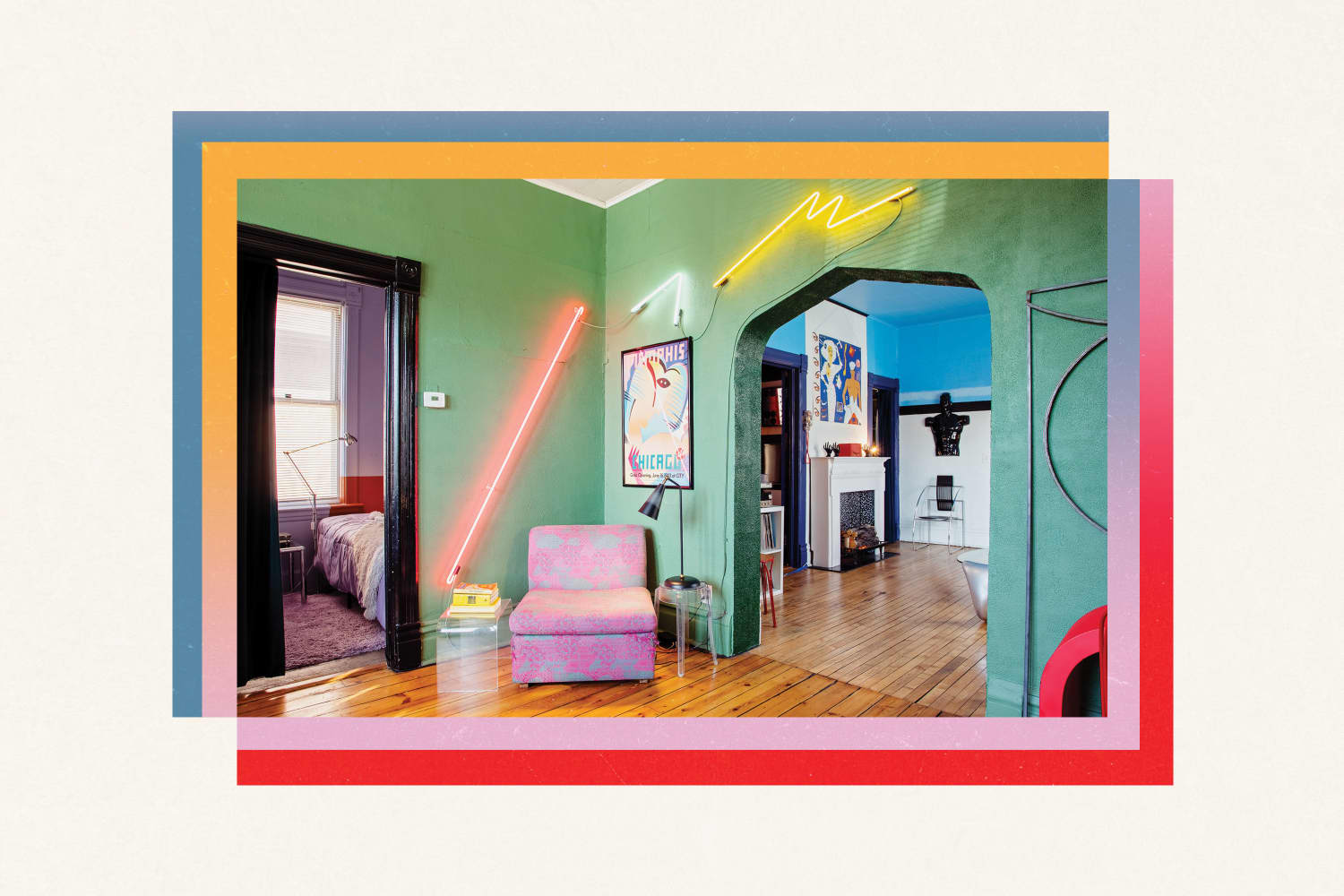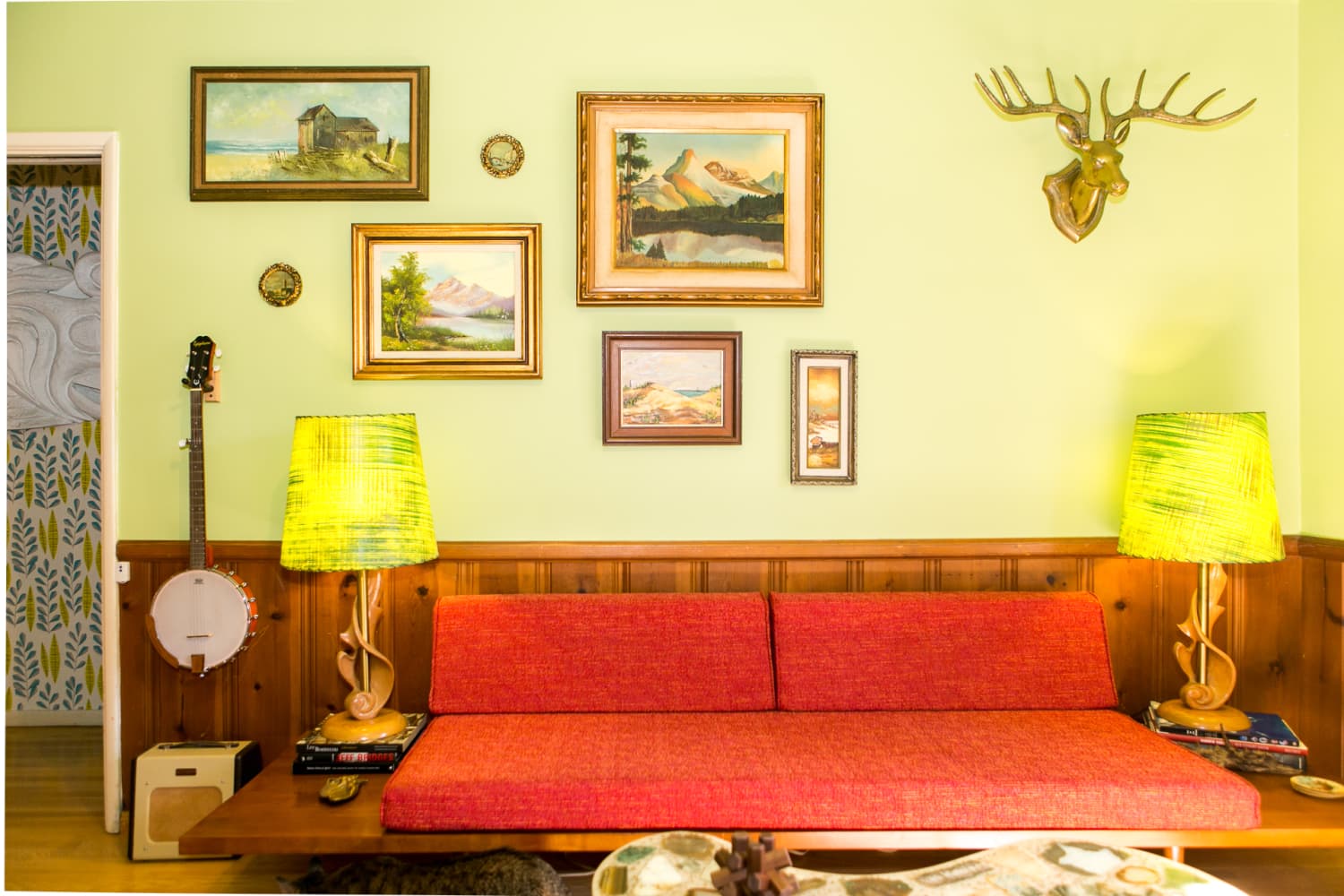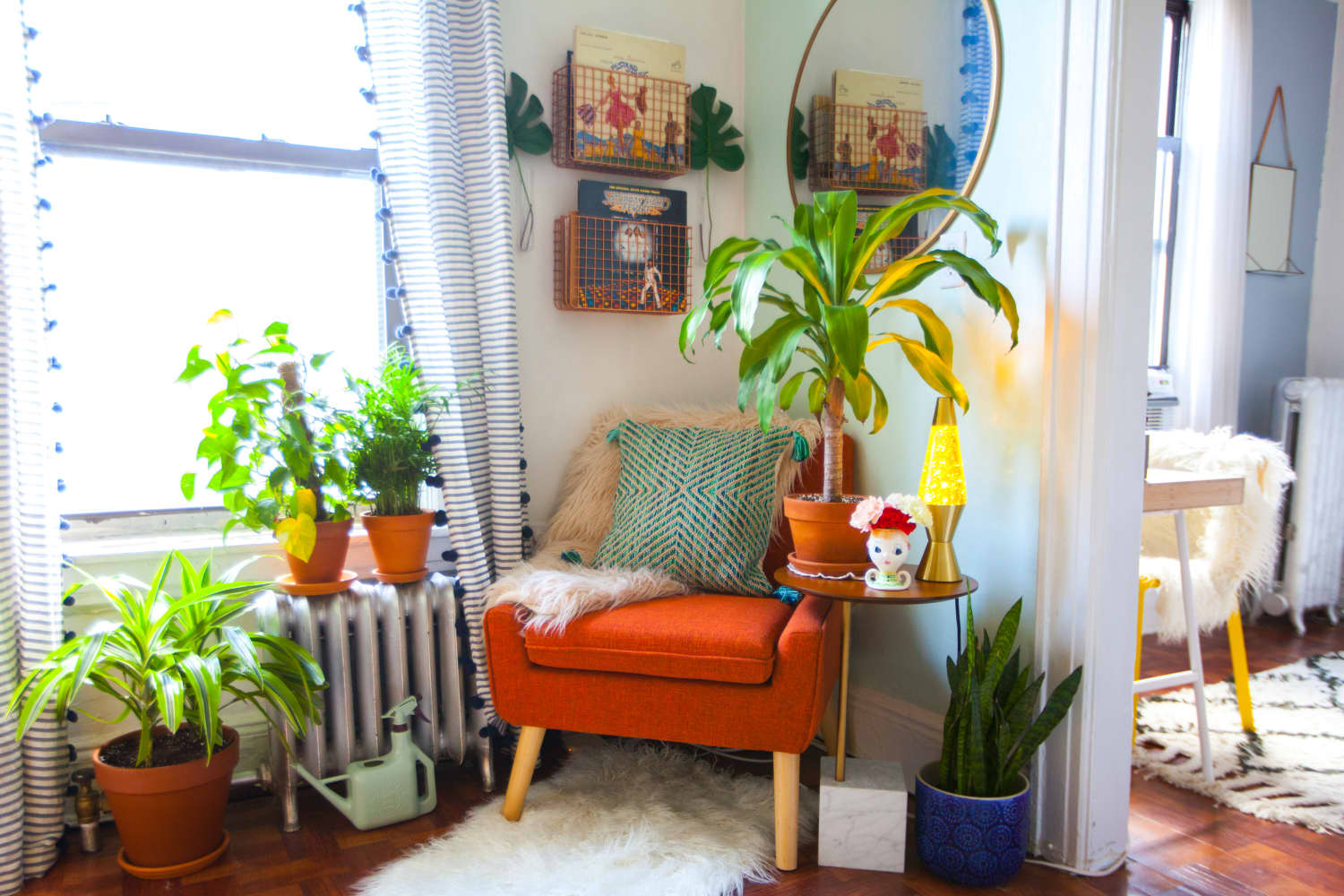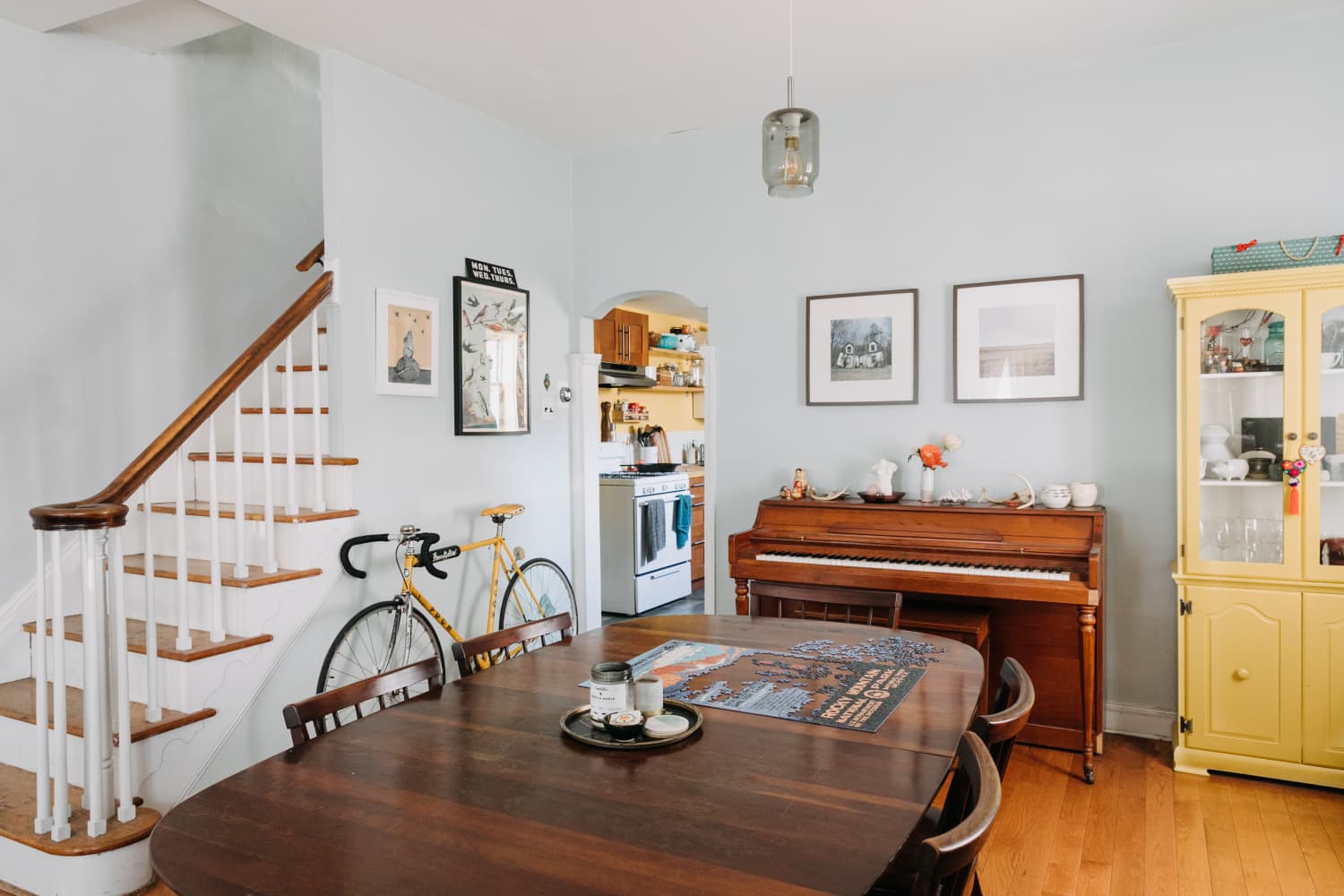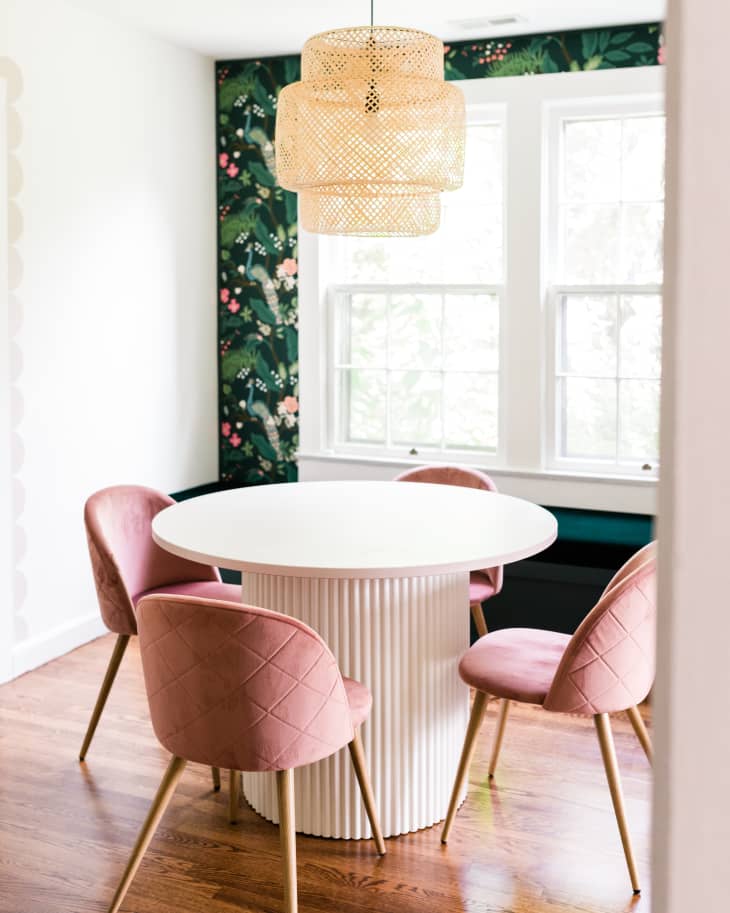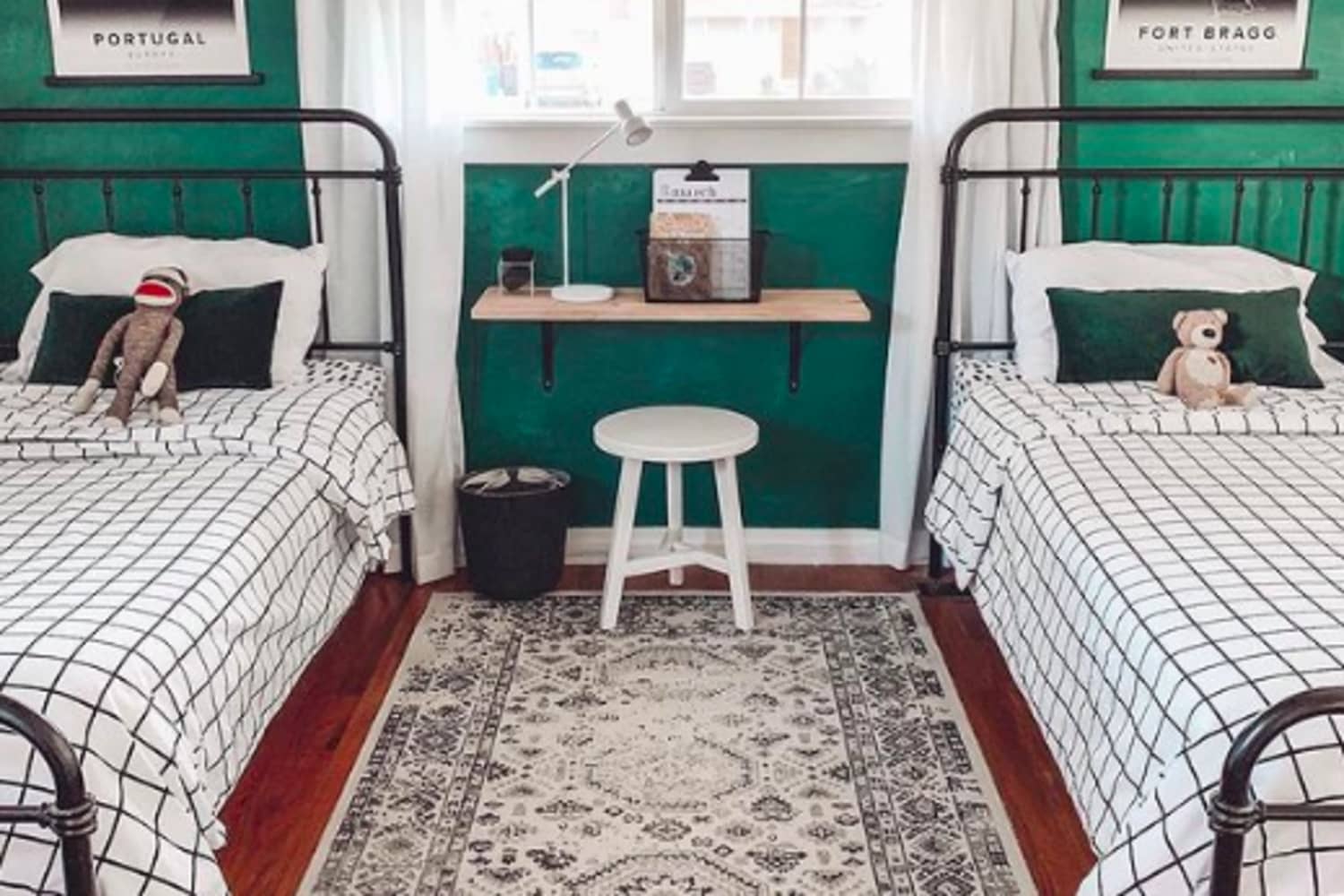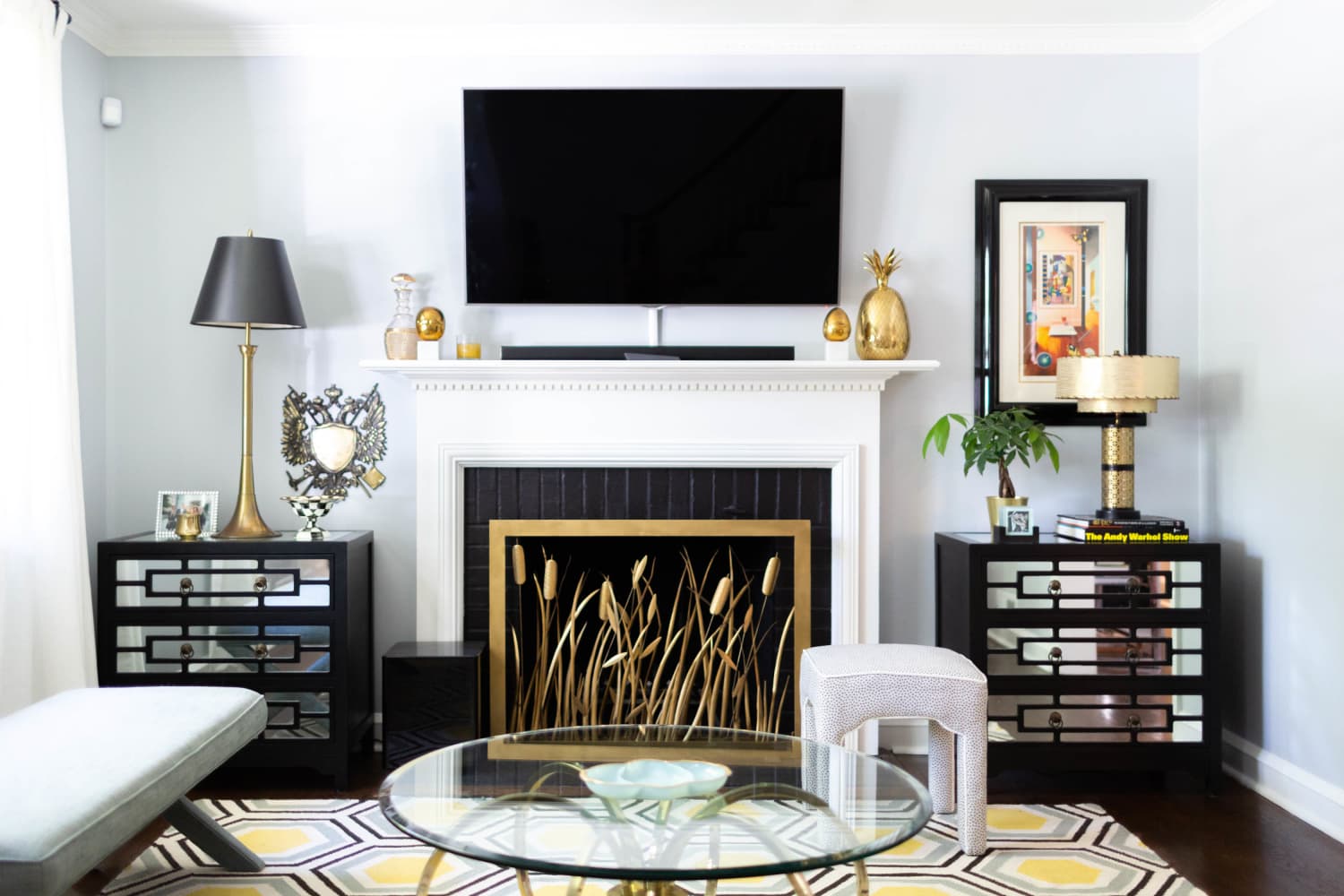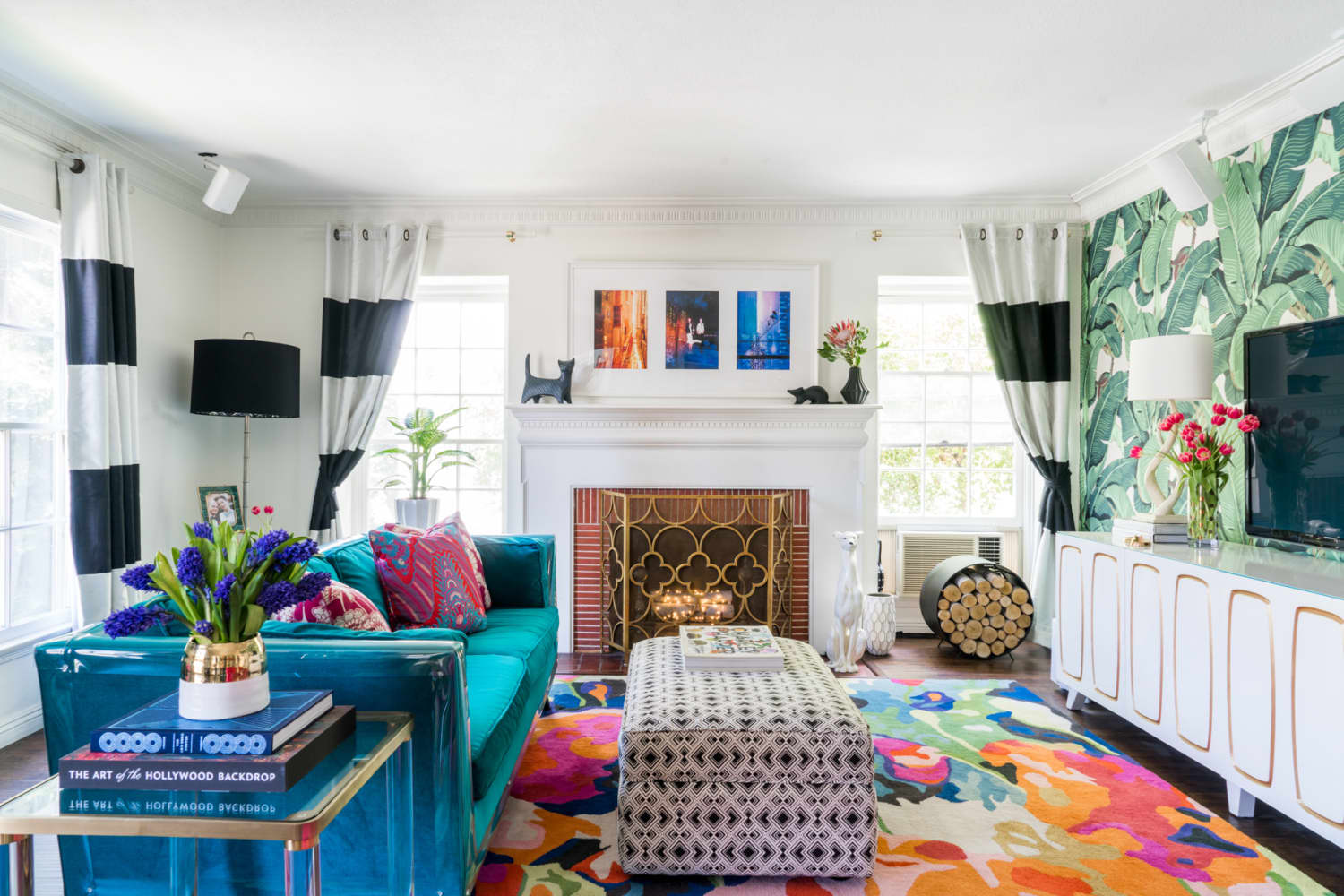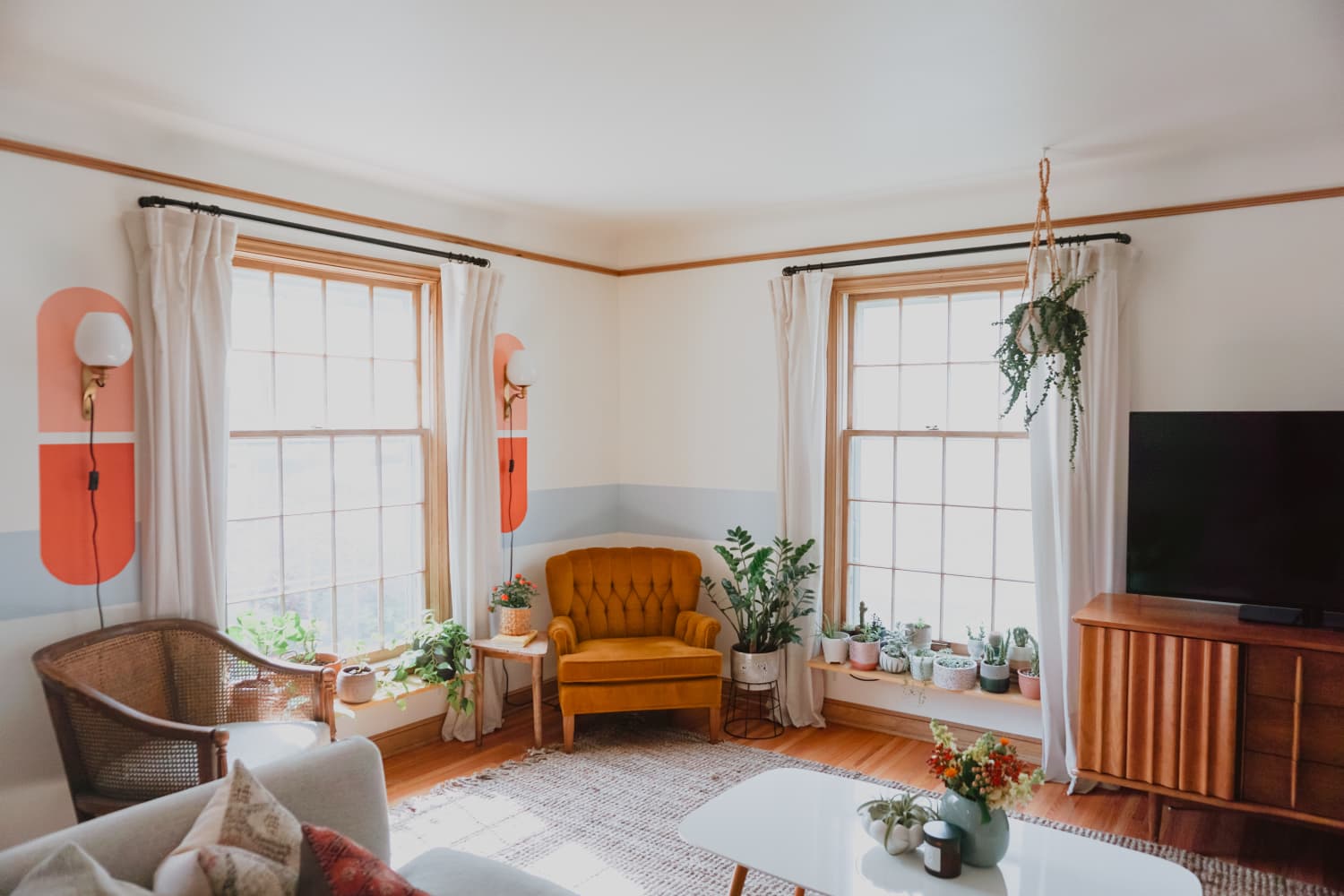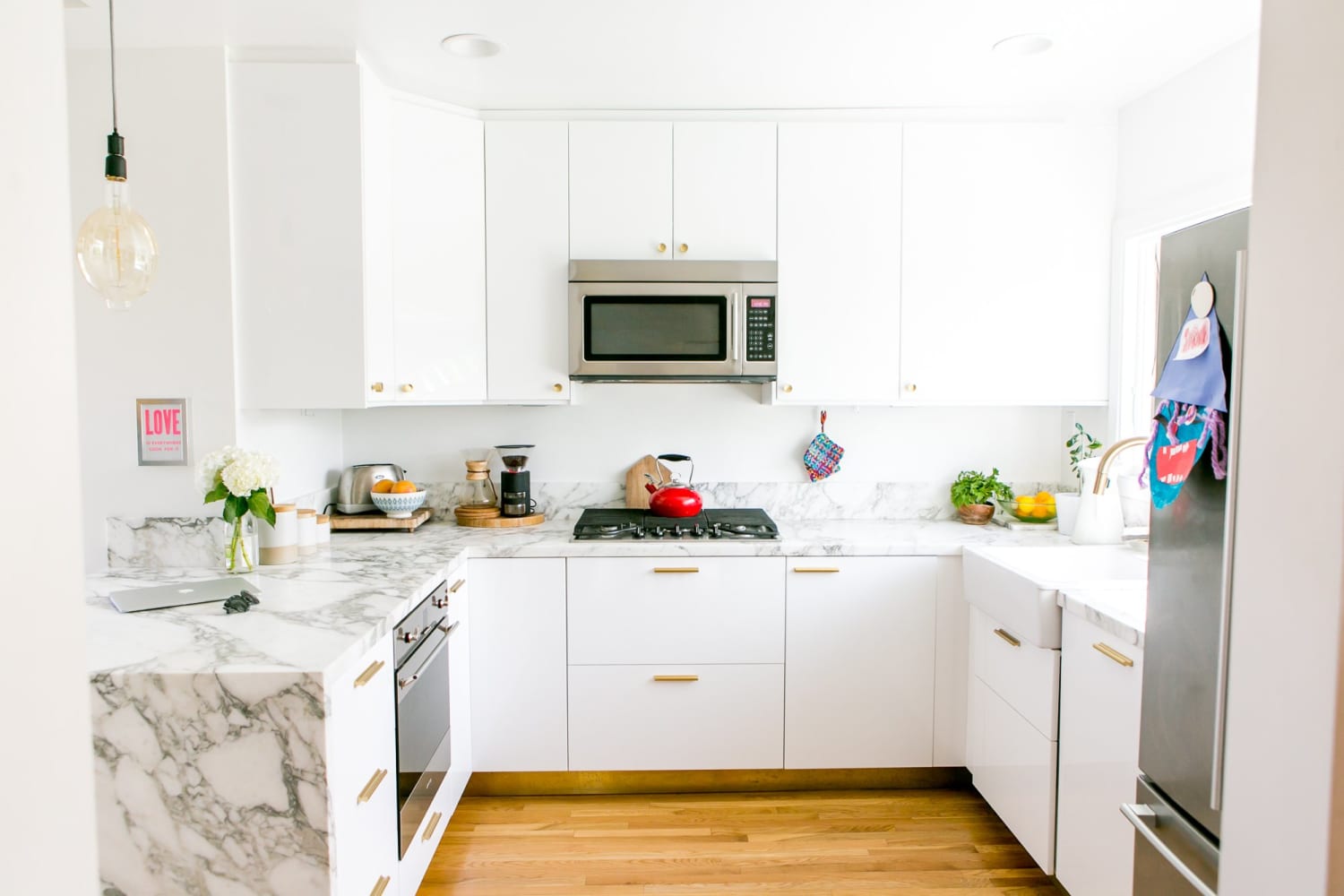Why Is ’80s Design Huge Right Now?
We independently select these products—if you buy from one of our links, we may earn a commission. Have you recently felt the urge to replace your sensible Studio McGee table lamp with something that has a mauve plastic shell base? Do you feel inexplicably drawn towards rounded edges, tessellated stone, and spiraled details? If so, … Read more

